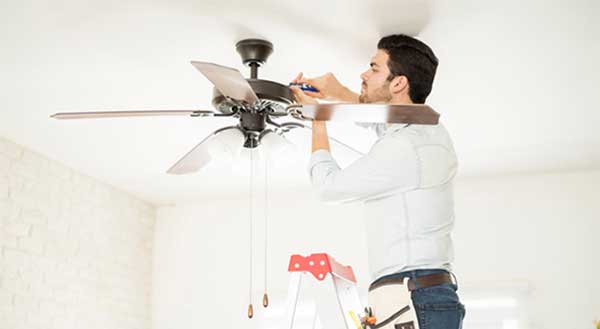Ducted heating systems are installed in buildings to provide heating and cooling. They are typically installed in buildings with high ceilings and large rooms.
Ducted heating systems are typically used in homes, schools, offices, and factories. They work by circulating air through ducts that have a heat exchanger at the end of them. The heat exchanger transfers the heat from the room to the outside air which is then warmed up or cooled down. Ducted heating melbourne can also be used as an alternative to central heating systems or forced-air cooling systems.
The ducted heating system is a type of electric fan heater that circulates warm or cool air through a series of ducts using an electric fan at one end of it. It is widely used as a source of hot water or cold water for residential buildings, commercial buildings, schools, hospitals, and other facilities such as factories with high ceilings and large rooms where central heating or forced-air cooling would not be feasible due to
Ductless Heat Pump vs a Ducted Heat Pump
A ductless heat pump uses a compressor to move air through the system and a condenser to cool it down. A ducted heat pump does the same thing but with a fan, which is more efficient than the compressor.
Ductless Heat Pump: The main difference between the two is that ductless heat pumps do not require any ducts. They rely on outside air for cooling and heating, while a ducted system needs an indoor unit, outdoor unit, and ducts to be able to work properly.
The cost of installing a ductless system is lower than that of installing a traditional one because there are no costly or time-consuming installation requirements.
How to Choose the Right Electric Fan for Your Heating System
When you are trying to decide what type of electric fan to buy, it is important to consider the heating system that you have. You need to know how much power the fan will consume and how much air it will move.
Electric fans are not just for cooling off. They can also be used for hot water heating systems or humidifiers. The following tips will help you choose the right electric fan for your heating system:
-Know your heating system’s wattage:
-Check the power consumption on each model:
-Consider other features such as noise level, safety features, and warranty
Which Electric Fan Type Should I Choose?
Electric fans are a great way to keep your house cool in summer. But it’s hard to decide which type is best for you. This article will help you find the right fan for your needs.
There are three popular types of electric fans: ceiling-mounted, pedestal-mounted, and tabletop. Each has its own set of advantages and disadvantages that should be considered before deciding which one is best for you.
Most people think of ceiling-mounted fans as the most efficient because they can blow air across the entire room while table-top fans only blow air on the person sitting below them. However, pedestal-mounted fans have a longer range and can be used as oscillating fans or regular fans depending on how they’re positioned in your home.
Electric Fans vs Central HVAC Units – Which is Right for You?
The two options are central heating and cooling, and electric fans. The decision between the two is dependent on many factors, but the most important one is how much money you want to spend. Electric fans are cheaper than central HVAC units, but they can get quite noisy. Central HVAC units are more expensive than electric fans, but they can be quieter and more efficient.
In general, electric fans tend to be smaller in size than central HVAC units so they will cost less to install. However, if you have a larger room that needs cooling or heating then an electric fan may not be enough for your needs. Central HVAC units are also better at keeping a consistent temperature throughout the room because of the air that flows through them.

